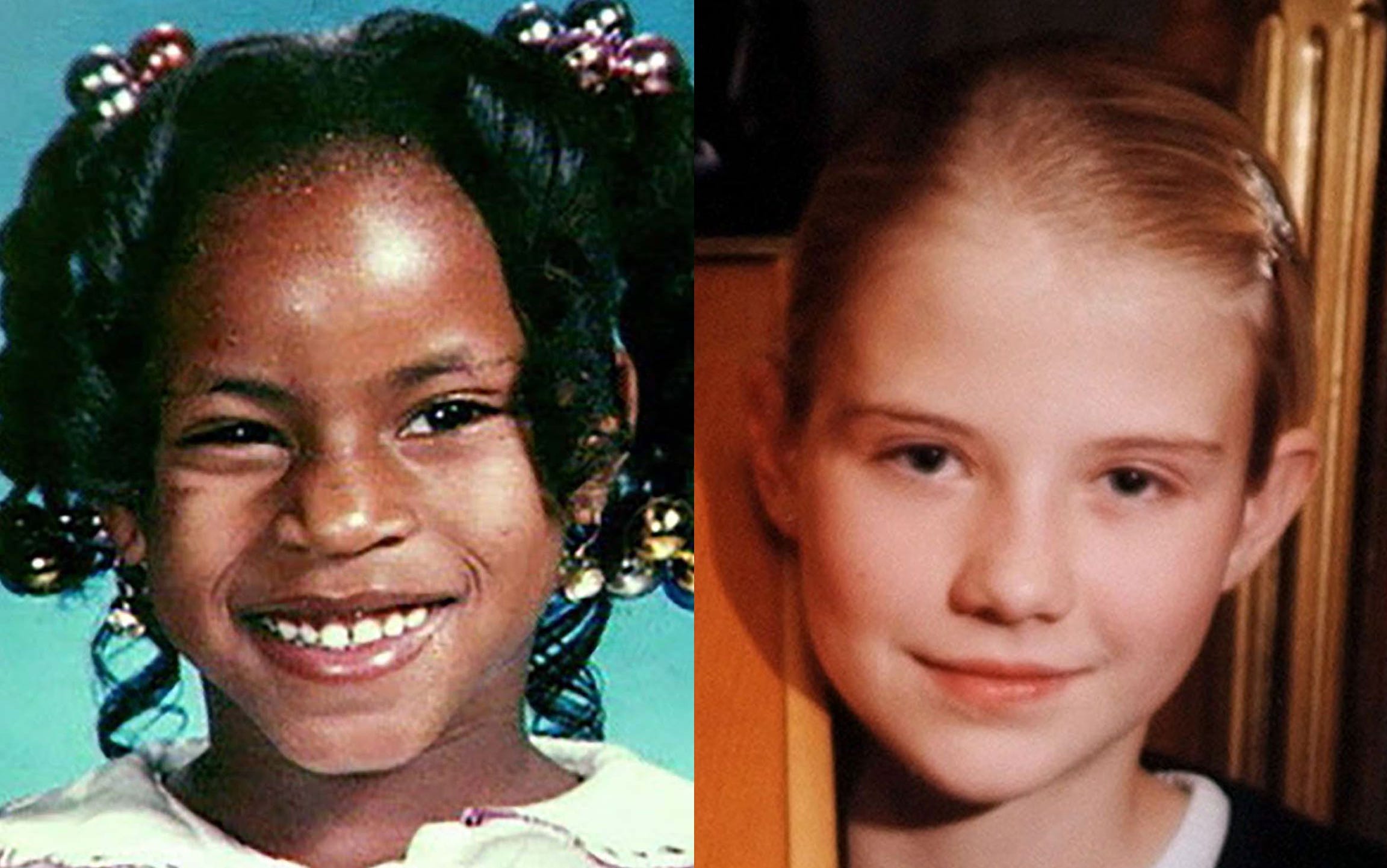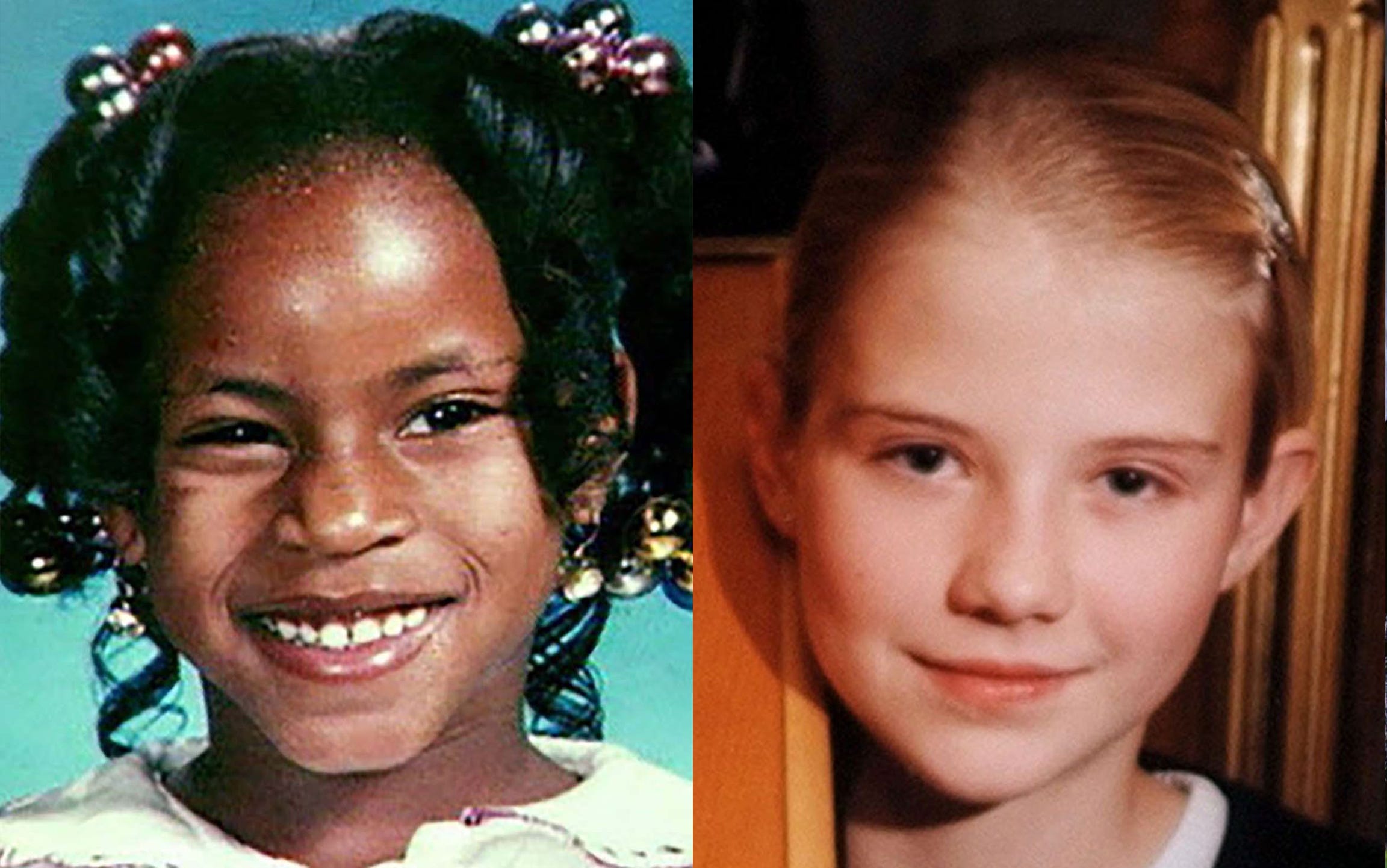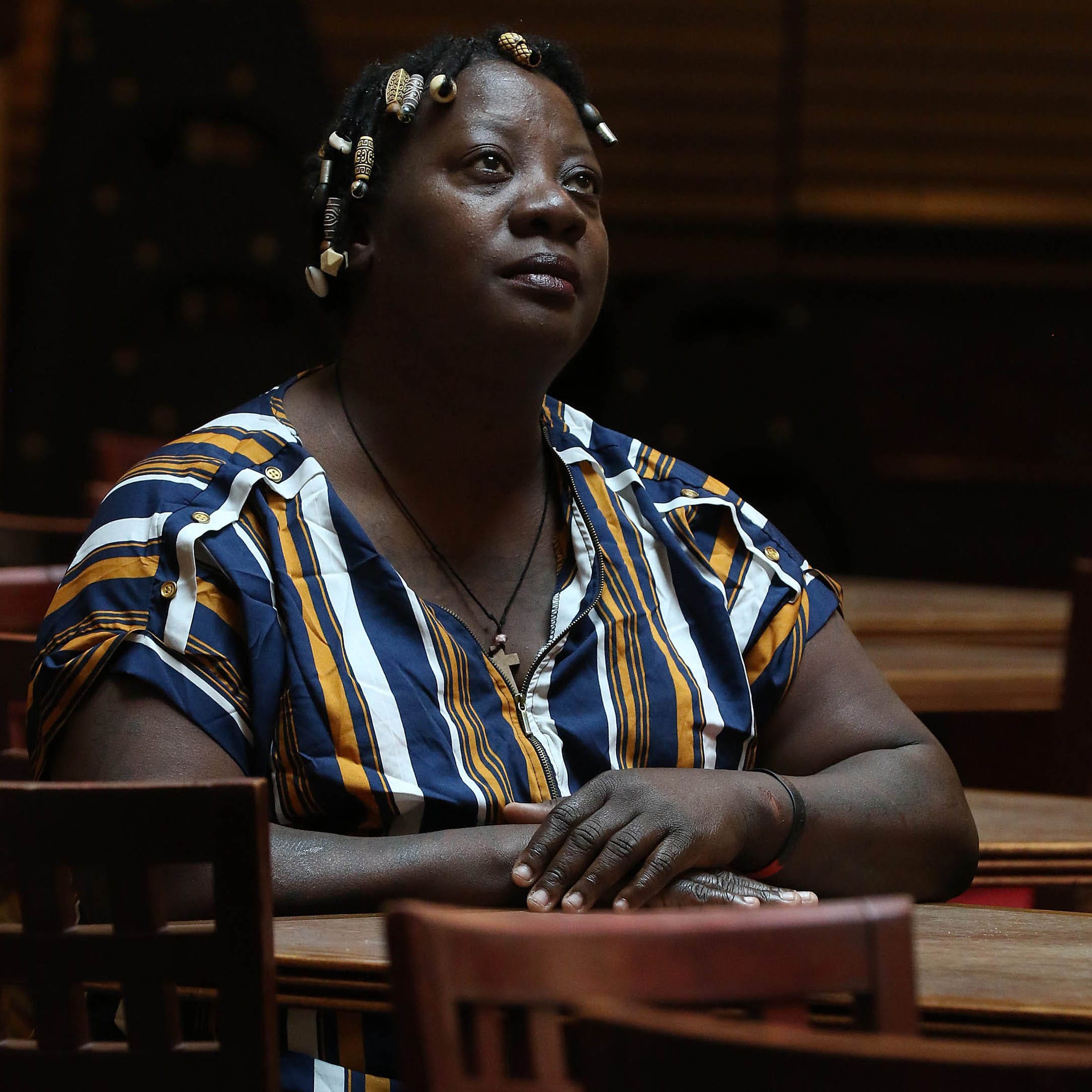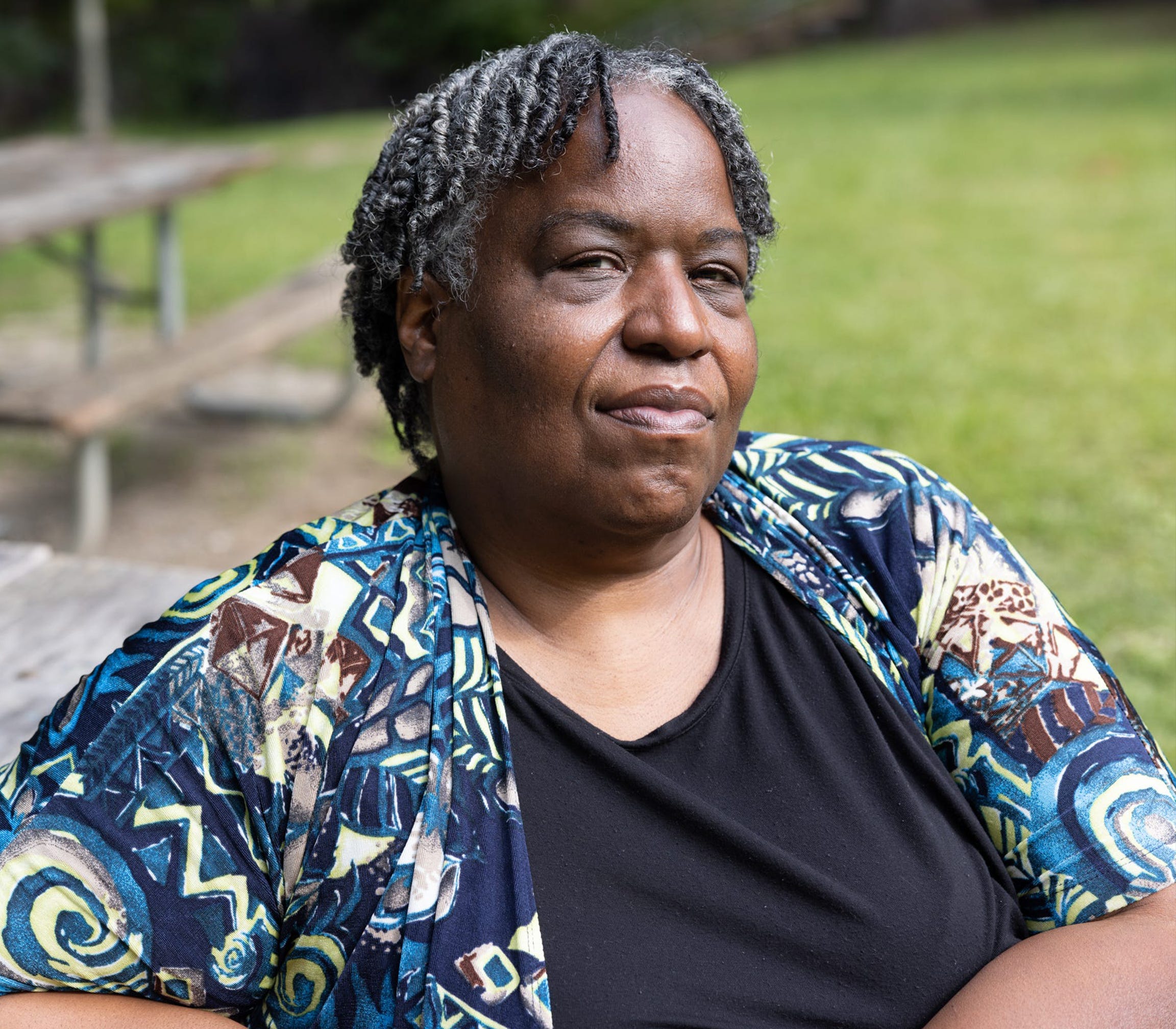It takes cooperation among police, the media and the public to find a child who disappears — and all three groups are less likely to give their best efforts for missing Black children.
According to the National Center for Missing & Exploited Children, 98% of children reported missing are located within days. Of those who are not, most are Black.
Earlier this year, the USA TODAY Network set out to identify, for the first time, the reason for this disparity. Reporters around the country have been fighting for public records and interviewing families, advocates and experts to understand why Black children are less likely to be found.
They are following a few leads:
- Black children are disproportionately classified by the authorities as runaways, which results in less effort to locate them.
- The media, composed of mostly white reporters, relies on police for information about which missing children are newsworthy.
- When police and reporters work to get the word out, members of the public are less likely to engage with stories about missing children of color.
And they welcome your help. If you know of missing children in your community, please reach out through this form. (Note: We will not use your information without your permission.)
Take Alexis Patterson, a 7-year-old Milwaukee girl who disappeared in May 2002, about a month before Elizabeth Smart. Elizabeth’s story hit national news immediately, while Alexis’ took six weeks. Elizabeth was found nine months after her abduction, while Alexis is still missing.
“By her being a little African-American little girl who disappeared, they just wasn't focused on her enough, as if she was a little white girl,” Alexis’ mother said of the police. “And that hurt me. That affected me for many, many years.”
This series of investigations will uncover what goes wrong after kids go missing and how that affects the families left behind.
Alexis Patterson has been missing since 2002. Odds are you don’t know her story.


On the morning of May 3, 2002, Alexis Patterson’s stepfather walked her to the corner and a crossing guard guided the 7-year-old across the street toward Hi-Mount Community School in Milwaukee. At the end of the day, she didn’t come home. A month later and more than a thousand miles away, Elizabeth Smart, 14, went to sleep in her bedroom in Salt Lake City. By the next morning, she was gone. The cases differ in many ways but one fact is unassailable: Elizabeth, who is white, was found nine months after her abduction. Alexis, who is Black, is still missing.
A missing girl, a search for truth
In Season 4 of our investigative podcast, Unsolved, we work to get the bottom of what really happened to Alexis Patterson, a first-grader who disappeared on her way to school on May 3, 2002. We also explore the efforts that were made to find her and the reasons why so many missing Black kids in America are never found.
Timeline: Here’s how the cases of Alexis Patterson and Elizabeth Smart played out


Twenty years ago, as police worked to locate the two girls, some advocates and experts argued that race was a key factor in how authorities and reporters handled their cases. It marked the first time the national media paid serious attention to such disparities.
If your missing child ran away from home, the police may not look for them.

Around the country, classification as a runaway often means officers put less effort into looking for a missing child. Under federal rules, runaways also are disqualified from Amber Alerts. In 2021, 335,000 reports of missing U.S. children were sent to the FB. Of those not found within six months, a disproportionate number are Black, including Domonique Holley-Grisham, who was 16 when he disappeared from his home in Rochester, NY in 2009.
Do Amber Alerts work? Data shows how often they help bring missing kids home

When a child vanishes, goes missing, families expect authorities to use every resource to find them. That expectation often includes an Amber Alert, lighting up smartphones for miles around with details about the missing. But Amber Alerts are extremely rare and, even when they are used, it’s unclear how much they help bring children home safely, a USA TODAY analysis of the alerts shows. And even though Black children receive Amber Alerts at about the same rate they are reported missing, reporters found the alerts are far less likely to play a part in finding them.
Missing kids as young as 10 aren't top priority for some police departments

Law enforcement agencies across the country operate under a patchwork of rules that govern how intensely they search for missing children. The degree of effort often depends entirely on a child's age or an officer’s discretion. As a result, kids the same age can disappear under similar circumstances and receive vastly different responses from police. In dozens of cities and towns, the child’s age alone can move them to the bottom of the priority list.
States of America explores disparities in cases of missing children
USA TODAY’s States of America Episode 2 explores how the media and police handle cases that involve missing children of color. Highlights include interviews with Alexis Patterson's mother and with the current chief of the Milwaukee Police Department who acknowledges that, “trust is a continuous process.” Catch all episodes of States of America on USA TODAY's free streaming channels here.
Watch more States of America episodes
Distrust of police by Black Americans means DNA falls short in searches for missing children

In recent years, DNA analysis has become one of the most promising avenues for finding longtime missing children. But for families of color, it has yielded few reunions. Black Americans’ distrust of law enforcement combined with a mishmash of DNA databases means this new technology isn’t living up to its potential.
The attention a post about a missing kid gets on Facebook depends on their race


Research has shown that news media and police pay less attention when people of color disappear. We found it's also true for Facebook audiences. In 375 videos featured on Facebook by The National Center for Missing & Exploited Children, the average views on posts about white girls was more than 63,000; for Black girls, it was 38,300.
5 missing children cases to know about
Families with missing children use any and all means, including social media, to spread the word about their child's disappearance, especially when they feel they are not receiving enough coverage from local media or help from law enforcement.
These are the stories of five families who used social media to spread the word about their missing children. None of them have been found.
